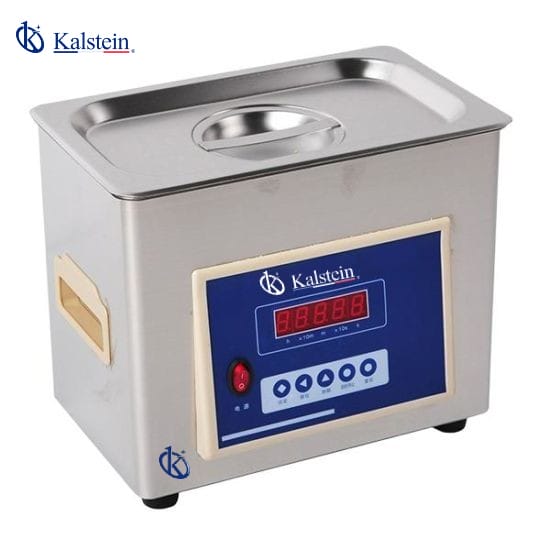In the practice of veterinary medicine, various medical procedures are performed, both in the field and in offices. These routines include scheduled and emergency consultations, laboratory diagnoses, ambulatory surgeries and others requiring hospitalization, among others.
In all these procedures, reusable instruments and materials are used which, after use, must be properly sanitized. It is important to remember that if the instruments used are dried before cleaning, the biofilm formed by the microbes will offer resistance to antibiotics, disinfectants and sterilizing agents, which will make the cleaning routine even more difficult. This raises the need to resort to direct mechanical friction or chemicals, to eliminate biofilm.
When the surgical consultations or procedures are performed in the establishments (clinics, offices), the routine of cleaning does not represent a significant obstacle, in theory. However, when these activities are carried out in the field, cleaning of used instruments can be complicated. In these cases, the use of portable ultrasonic cleaners can facilitate the routine of cleaning the instruments and be of great help for professionals in this discipline.
Likewise, these equipments constitute a fundamental support for the veterinary practice that is carried out in the offices and clinics, so it is recommended their incorporation into the equipment of these establishments and their routine use in the cleaning and disinfection of instruments and materials.
Level of contamination of instruments and materials used in the practice of veterinary medicine
We can define non-critical, semi-critical and critical instruments or materials. In the first group, we have the instruments that are not in direct contact with the patients or only contact with healthy skin. In this kind of articles, we only require cleaning and drying and the level of disinfection that is needed will be low or medium. For example, the serum carrier device.
Among the semi-critical materials, we have those that come into contact with the mucous membranes or with the skin that is not intact, that is, that presents wounds. In such cases, although sterilization is not essential, it is advisable to apply it. Except for those materials that do not support the sterilization process. In this group of objects we will apply a high level disinfection.
The instruments and materials included in the critical group are those that are put in contact with cavities that, under normal conditions, are sterile. For example, the bladder or chest cavity. In this group of instruments we have the surgical instruments, among others. They pose an increased risk of infection to the patient and therefore should be sterile.
Cleaning and disinfection in the practice of veterinary medicine
As in human medicine, in veterinary practice all aspects related to the cleaning and disinfection of the instruments and materials used should be taken care of. It is important to remember that if the cleaning of the instruments is not efficient, the remaining inorganic and organic waste, in addition to supporting and providing nutrients to the microorganisms, will prevent disinfection products from making contact with the surface of the instrument, which hinders their disinfection and sterilization.
Cleaning is nothing more than removing dirt from inert surfaces, a through mechanical and physical actions, using special solutions. Cleaning allows removal of 80 to 99% of microbes sensitive to cleansing fluids, according to some studies.
Ultrasonic cleaners for cleaning and disinfection in veterinary medicine practice
Ultrasonic cleaning equipment is ideal for veterinary establishments and for professionals who perform their work in the field. This equipment uses ultrasound and special solutions, which enable the sanitization of the materials used.
The cavitation produced by the high frequency waves emitted in the cleaning solution, release enough energy to release the debris attached to the instruments. One of the most outstanding advantages of this equipment is that, in addition to eliminating waste in an efficient way, it can carry out a disinfection with a medium-high level, of the materials.
The level of disinfection will depend on the solutions we use and the time that the materials are immersed in the solution. For example, a solution containing 2% Glutaraldehyde will have a bactericidal and viricidal action if the materials are immersed for 10 minutes. If the immersion time is between 3 to 10 hours, it will provide a sporicidal action.
Kalstein Ultrasonic Cleaners
The YR series offers a wide variety of ultrasonic cleaners, suitable for veterinary establishments. You’ll also find easy-to-carry models. You can choose the one that best suits your need. They have different adjustable operating times, which allow to meet the customer’s cleaning requirements for different items. In addition, they offer better cleaning performance and minimal noise level, high energy conversion efficiency and long service life. For more information on Kalstein ultrasonic cleaners, visit the HERE

